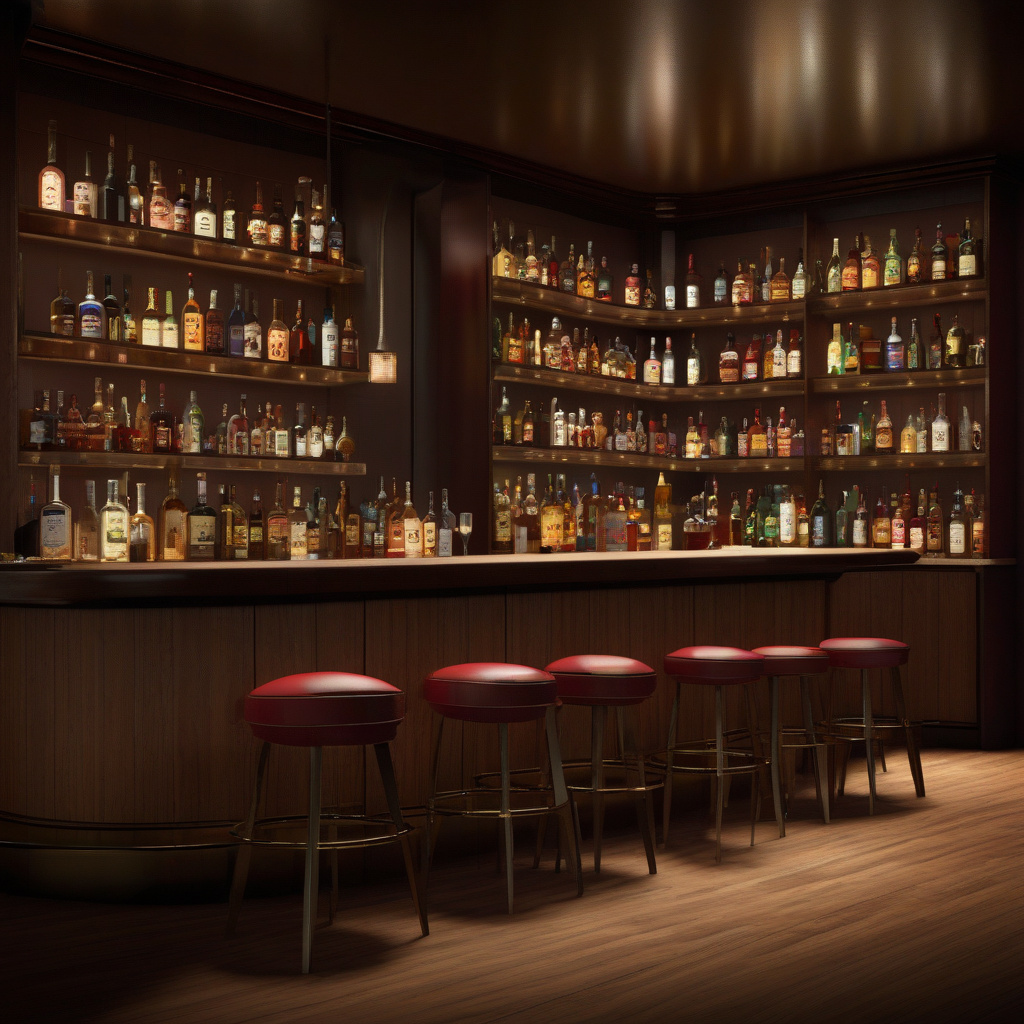Alcohol Consumption Hits a 90-Year Low: What Does This Mean for Retailers?
Amidst the ever-changing landscape of consumer behavior, a recent Gallup survey has revealed a significant shift in alcohol consumption patterns. The survey, which has been tracking alcohol consumption trends for nearly a century, reported that the percentage of adults who consume alcoholic beverages has reached a record low. This downward trend poses a unique challenge for retailers in the beverage alcohol sector, forcing them to adapt their strategies to meet the changing demands of consumers.
According to the survey, the percentage of adults who reported drinking alcohol in the past week has dropped to its lowest point since the end of Prohibition in the 1930s. This decline in alcohol consumption is part of a broader trend that has been observed in recent years, with more consumers choosing to abstain from or reduce their alcohol intake for health, wellness, and personal reasons.
So, what does this downward trend in alcohol consumption mean for retailers in the beverage alcohol industry? How can they adapt their strategies to cater to changing consumer preferences and behaviors? Here are some key considerations for retailers looking to navigate this shifting landscape:
1. Diversification of Product Offerings: With a growing number of consumers opting for non-alcoholic or low-alcohol alternatives, retailers should consider diversifying their product offerings to include a wider range of options. This could include expanding their selection of non-alcoholic beverages, such as alcohol-free spirits, mocktails, and artisanal sodas, to cater to customers looking for alternatives to traditional alcoholic drinks.
2. Emphasis on Health and Wellness: As more consumers prioritize health and wellness in their purchasing decisions, retailers can differentiate themselves by highlighting the health benefits of their products. This could involve promoting the nutritional content of beverages, showcasing organic and natural ingredients, and partnering with health and wellness influencers to endorse their products.
3. Personalized Marketing Strategies: In an era of increasing personalization, retailers can leverage data and technology to tailor their marketing strategies to individual consumer preferences. By analyzing customer data and behavior, retailers can create targeted campaigns that resonate with their target audience and drive engagement and sales.
4. Enhancing the Retail Experience: To attract and retain customers in a competitive market, retailers should focus on enhancing the overall retail experience for consumers. This could involve creating immersive in-store experiences, offering educational tastings and workshops, and providing exceptional customer service to build brand loyalty and differentiate themselves from competitors.
In conclusion, the recent decline in alcohol consumption highlights the need for retailers in the beverage alcohol industry to adapt to changing consumer preferences and behaviors. By diversifying their product offerings, emphasizing health and wellness, implementing personalized marketing strategies, and enhancing the retail experience, retailers can position themselves for success in a challenging and dynamic market landscape.
As consumer preferences continue to evolve, retailers must remain agile and responsive to emerging trends to stay ahead of the curve and meet the needs of today’s discerning consumers.
Alcohol, Consumption, Retailers, ConsumerBehavior, Trends
